Release Date : 2024-07-01
Popular Science of Automobile Knowledge - Automobile Suspension Types
The suspension system is an important assembly in the car. It connects the frame and the wheels elastically and is related to the various performances of the car. From the outside, the suspension system of a car is only composed of some rods, cylinders and springs, but don't think it is very simple. On the contrary, the suspension of a car is a car assembly that is difficult to achieve perfect requirements. This is because the suspension system must meet the requirements of both the comfort of the car and its handling stability, and these two aspects are mutually opposed. For example, in order to achieve good comfort, it is necessary to greatly buffer the vibration of the car, so the spring must be designed to be softer, but a soft spring can easily cause the car to "nod" when braking, "raise its head" when accelerating, and have a serious tendency to tilt left and right, which is not conducive to the steering of the car and easily leads to unstable handling of the car.
McPherson Independent Suspension
One of the most popular independent suspensions today, generally used for the front wheels of small and medium-sized cars and low-end SUVs. Its advantages are good responsiveness and handling, strong shock absorption performance, and satisfactory comfort performance; its disadvantages are poor lateral rigidity, poor anti-braking nodding effect, and poor stability.
Double wishbone/transverse arm independent suspension
It is an advanced automobile suspension, mostly used in cars with high stability requirements. The advantages are large lateral rigidity, excellent anti-roll performance, good grip performance, and clear road feel; the disadvantages are complex structure, large space occupation, and high cost. Double wishbone independent suspension mostly appears on larger SUV models, while double wishbone independent suspension is generally used on A-class or B-class family cars.
Multi-link independent suspension
As the name suggests, it has more links than general suspension. Conventionally, the suspension with 4 links or more links is called multi-link. Currently, 4 to 5 links are more common. Its advantages are large design freedom, small impact of road impact on the body, which is conducive to improving comfort and is mostly used in mid-to-high-end models.
Trailing arm torsion beam non-independent suspension
Also known as torsion beam non-independent suspension, this suspension has no hard axle connection between the left and right wheels, and is connected by a torsion beam in the middle. Its advantages are low cost, saving vehicle space and weight; its disadvantages are limited suspension performance, not suitable for high-performance requirements, and not suitable for suspension adjustment. It is usually used in economy and compact models.
Air suspension
Air suspension is an advanced automotive suspension system that uses air springs instead of traditional metal springs to control the suspension height and hardness of the vehicle by adjusting the air pressure. Its advantages are high adjustability, excellent handling of bumps and vibrations, and height adjustment; its disadvantages are high cost, complex maintenance, and general reliability. This suspension is usually used in high-end luxury cars, SUVs, and some commercial vehicles.
Electromagnetic suspension
Electromagnetic suspension is an advanced automotive suspension system that uses electromagnetic force to adjust the suspension height and hardness of the vehicle. Its advantages are advanced adjustability, height adjustable, excellent shock absorption, and advanced handling; its disadvantages are higher cost, complex maintenance, durability issues, and fuel economy issues. It is usually used in high-end luxury vehicles and some high-performance sports cars.

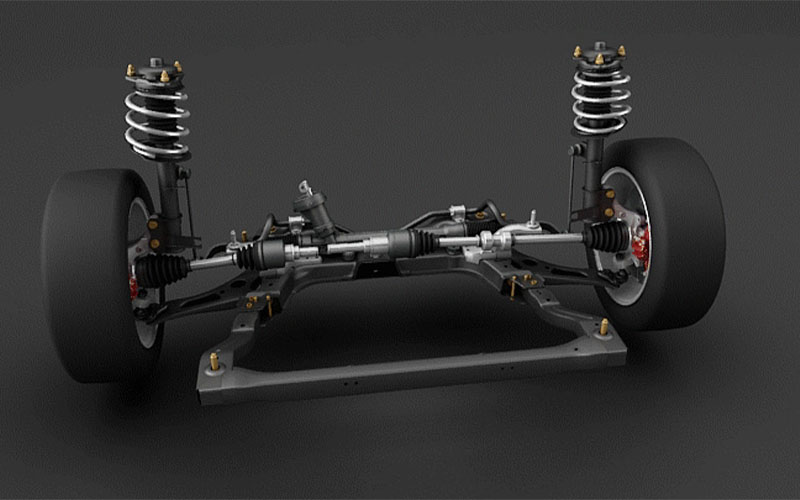

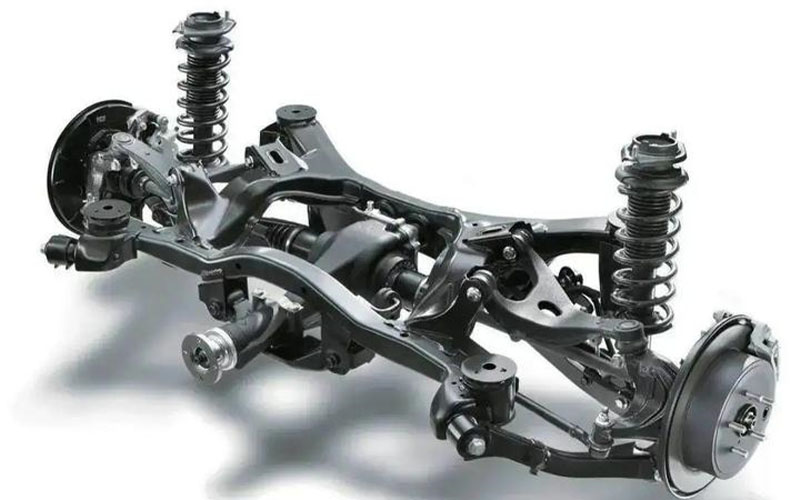
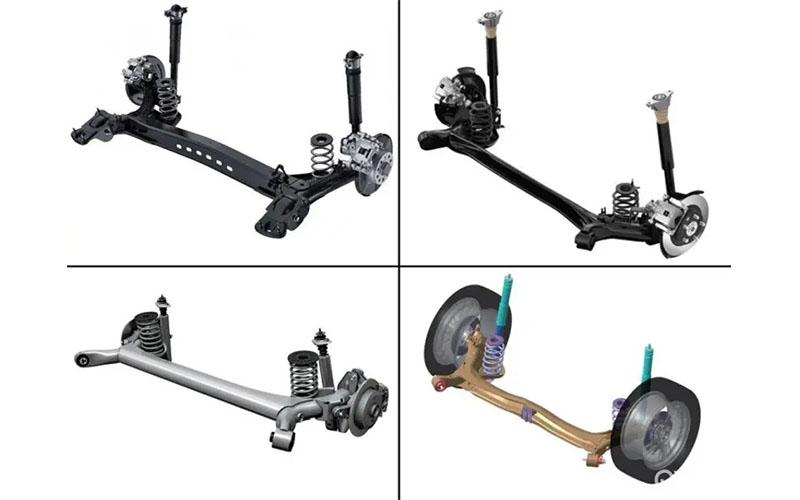
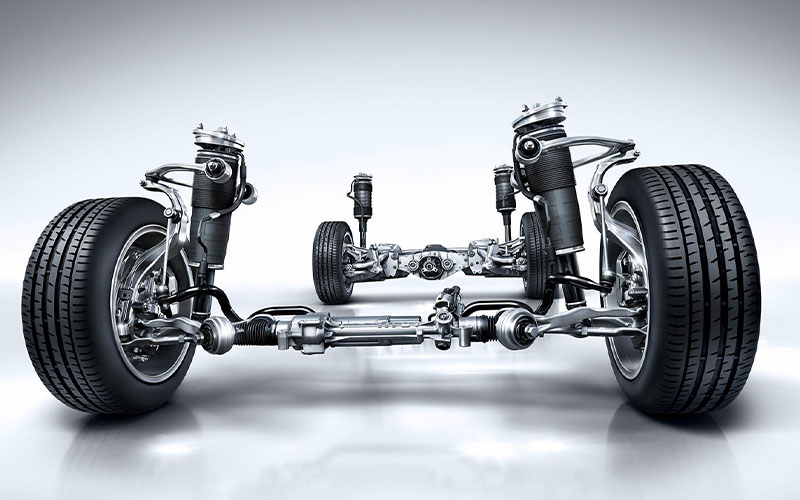
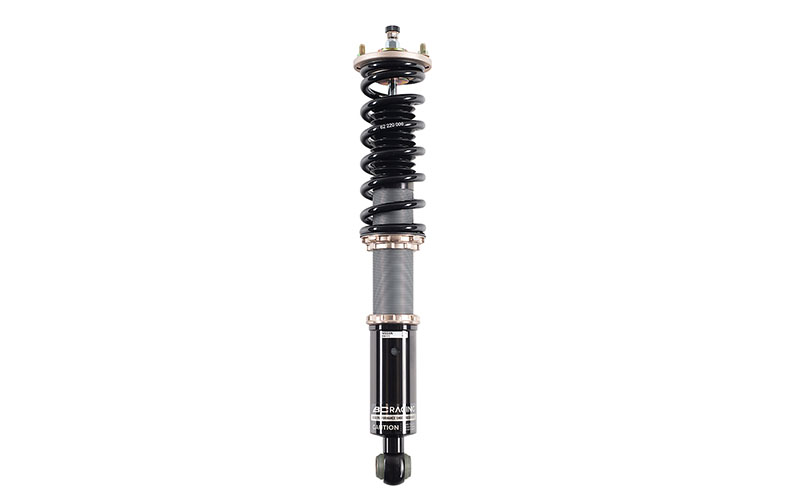



.jpg)
.jpg)
.jpg)
.jpg)
.jpg)



